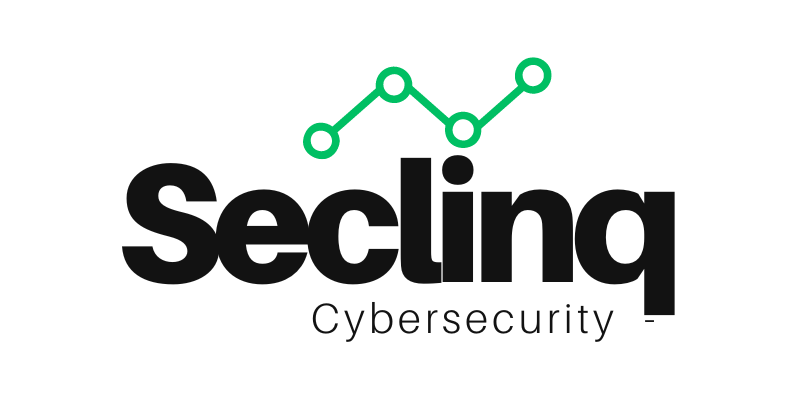Developing Secure Software
A Look at the Process
The main reason for developing secure software is the risk of damage. Think of financial damage as a result of a hack. As a result, your website or application is inaccessible and you as an organization miss out on direct revenue.
In addition, the new privacy legislation means that you risk a fine if you fail to do so with regard to your security. And that can quickly rise to 20 million euros. Cyber security training for software developers is because of this extremely important.
In addition to financial damage, a hack also leads to reputational damage. Trust comes on foot and goes on horseback, which means trust is built up very slowly but with one mistake can go away very fast, resulting in that a hack can have major consequences for your organization in the long run.
Developing secure software is a daunting task. It requires a deep knowledge of the entire software development life-cycle and information security, from requirements gathering to testing. This blog post will explore the steps of developing secure software from an overview, with a focus on the software development life-cycle.
The steps of developing secure software are as follows:
1. Requirements Gathering
Outsourcing development, maintenance, and management to external suppliers makes this control issue even more complex. Over and over there are unspoken expectations regarding information security.
The client expects an expert who takes the appropriate measures. In contrast, the supplier expects the client tells exactly what needs to be done. Through the lack of agreements, systems are delivered with problems that are not discovered or are discovered too late. Therefore, it’s absolutely necessary to make a strict list of clear requirements.
The standard security requirements are a living collection of requirements, which are adapted if there are new forms of attacks identified or as better techniques for security become available. Modifying the collection may affect the existing systems. That is why the security consultants and security architects are responsible for an assessment of the possible consequences and any required adjustments to the existing systems
2. Designing
Secure software does not just happen by itself. This requires consistently applied methodologies across the organization.
Methodologies that adhere to established policies, objectives, and principles. The goal is to produce secure software. Security by design means that you take the security of personal data into account during the design of a new application or an IT environment. When you look at the situations that happen often right now where the case is that little attention is paid to it and patches can be applied afterward.
3. Test planning
In a secure software development life cycle, the test plan includes:
- Strategy for testing the application
- Resources that are needed
- Testing environment
- The limitations of the testing
- The schedule of the testing activities.
4. Secure Software Coding
It’s necessary that developers follow the coding guidelines as defined by their organization and program-specific tools, including the compilers, interpreters, and debuggers that are used to streamline the code generation process.
The programming language is entirely dependent upon the software type, Use cases, and technical specifications of the project.
A lot of Secure SDLC models have been proposed. Below are some examples of them:
- MS Security Development Lifecycle (MS SDL): One of the first of its kind, the MS SDL was proposed by Microsoft in association with the phases of a classic SDLC.
- NIST 800-64: Provides security considerations within the SDLC. Standards were developed by the National Institute of Standards and Technology to be observed by US federal agencies.
- OWASP CLASP (Comprehensive, Lightweight Application Security Process): Simple to implement and based on the MS SDL. It also maps the security activities to roles in an organization.
To determine the security risks of software, the source code can be subjected to research through a so-called code review. Given the costs of this type of research, this is often only performed if the Business Impact Analysis (BIA) shows that there is a substantial interest to protect the data.
5. Testing and results
When multiple code review assessments are finished, product testing can be implemented in the secure software development life cycle.
This stage is usually part of all stages in modernized SDLC models.
Testing should be actively streamlined in real-time through each step of the SDLC to ensure a sustainable development process.
The fifth stage is a testing-only stage of the application where penetration testing needs to get a place so critical defects are reported, assigned, fixed, and retested for live deployment and redeployment.
6. Release and continual maintenance
You can choose to release the product first into a limited sector of the market before going live into the overall business environment. With this decision, you have a choice to get reviews and feedback from a small portion of customers and apply changes.
Then again, many corporations go live in the real business environment directly and rely on customer feedback to further improve the product and features. Secure Software Development Training for every developer is therefore absolutely necessary to keep learning and make the code more secure.
Conclusion: Build Your Secure Software Strategy
Building secure software depends on what you do throughout the whole software lifecycle. Design security review, security code review, penetration testing, SAST, DAST, and IAST.
The tools are there for you and you can automate them easily and add them to your CI/CD pipeline. The important step right now is to create your secure software strategy, implement it and follow it.

